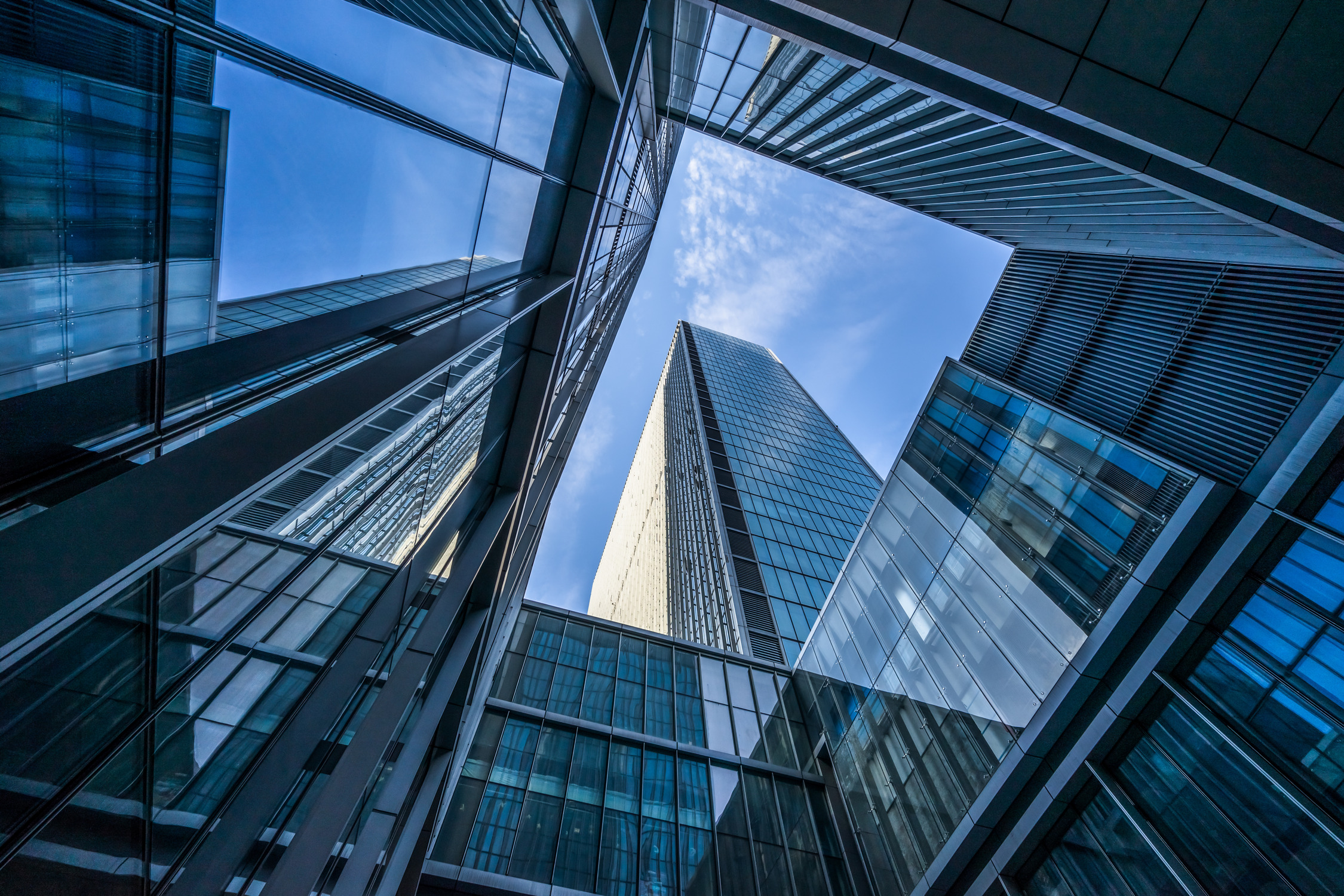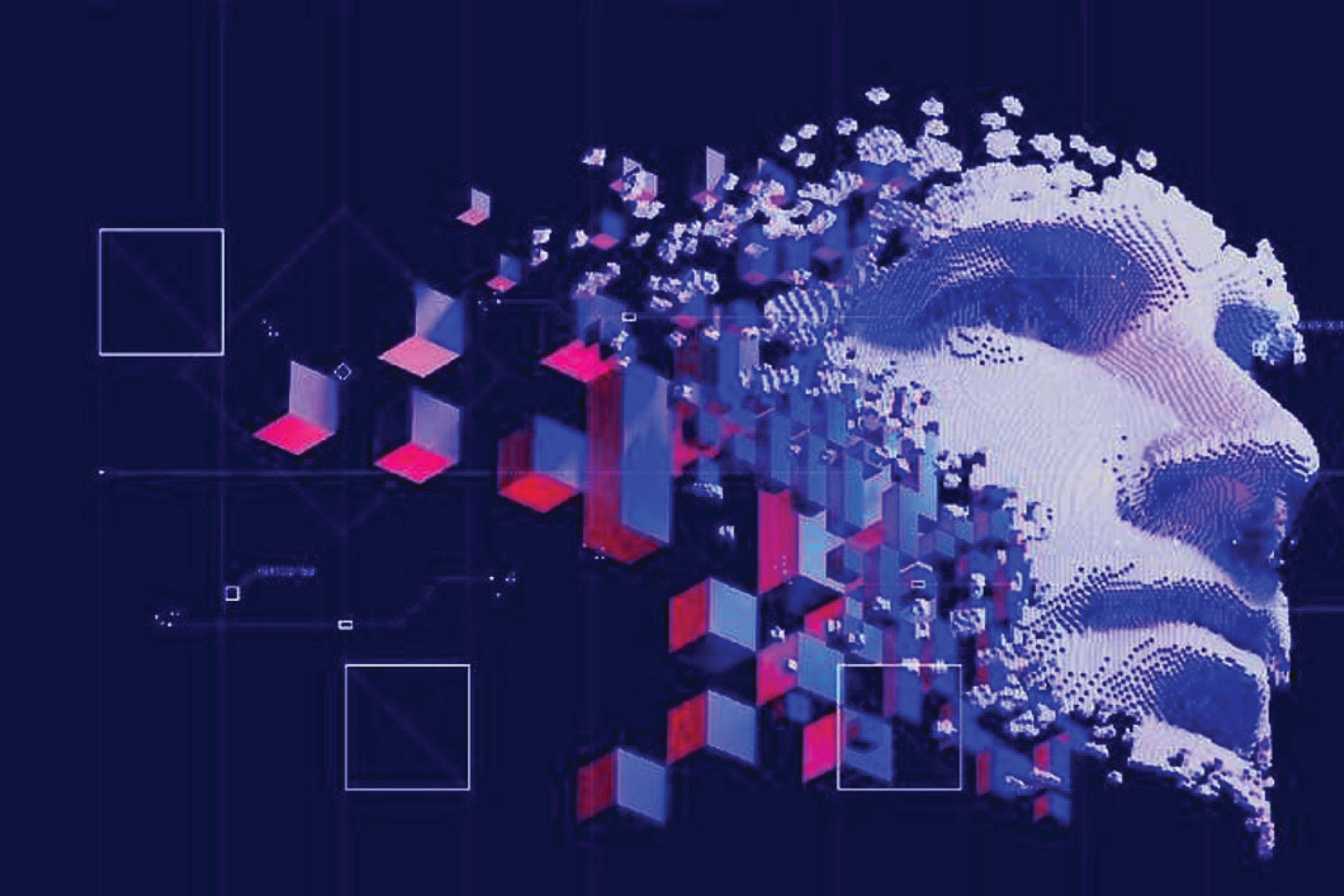As investment bankers providing M&A, capital raise, and strategic growth advisory services to entrepreneurial leaders inventing the digital future in emerging technology and media companies, the Consumer Electronics Show (CES) is a tentpole event for Progress Partners. We had 8 bankers attend and over 130 meetings with companies in the media, marketing, advertising, retail and commerce sectors. We also led floor tours of the Las Vegas Convention Center. Both combined gave us ample and varied data sets from which to pull signals and themes.
As a reminder, CES is the largest technology trade show in the world. This year the show was 15% larger than last year with over 4000 exhibitors and 2.5M square feet of exhibit space. Attendance was around 130,000 people, with roughly a third of visitors coming from outside the United States. This is below its pre-pandemic peak of 170k attendees, but higher than last year’s 100k number.
By almost every measure CES can be chaotic and overwhelming. In attending CES for well over a decade now, we find there’s value in taking a moment to process the full sensory experience of the show, reflect on the major company press conferences and marinate on the major themes to pull some stronger signals from the noise. With some distance from the show, it’s easier to gauge how all of this new tech will likely be adopted by consumers in the next few years and, as a consequence, the corresponding strategic business implications for executives in the media, marketing, advertising, retail and commerce sectors.
Five Takeaways from Aria/Tech South
The Aria Hotel is the epicenter of content, creativity and technology convergence. It was where machers from advertising, content, entertainment and marketing transparently shared how their 2023 shaped up and what’s in store for 2024. Here are the 5 themes we pulled from the hundreds of conversations we had in a few short days:
- Measurement. Cross-device measurement is still a ways away
- CTV Monetization. Still experimenting, but long-tail will consolidate
- Retail Media. A need for a full product suite
- Identity. This is the year!
- Communications Platform as a Service (CPaaS). Key element for user engagement platforms
Here’s the detail on what executives in and around Aria were excited about and what risks they are working to mitigate.
Measurement. The challenging state of cross-device measurement in the face of continued streaming adoption was a constant through-line in many conversations. The switch to streaming has proven harder than expected for traditional measurement companies like Nielsen and Comscore who are under financial pressure to perform, while streaming-focused challengers struggle to achieve universal adoption and scale. The industry is desperate for a solution and vendor fragmentation is unsustainable so expect something to give in 2024.
CTV Monetization. It’s clear the industry doesn’t have a silver bullet to plug the revenue gap left by the continued consumer preference for streaming content. There’s no dearth of business models, AVOD, SVOD, TVOD (ad-support-, subscription supported-, transaction supported-video on demand) and FAST platforms (free-ad-supported streaming TV-linear or on demand) and technology providers and consultants all looking to capitalize on the phenomenon. Success in this area will be determined by the bigger players (Netflix, Hulu, Disney, etc.) and the results of their continued experimentation. In the meantime, we expect to see consolidation in the long tail of solutions play out this year.
Retail Media. A bright spot of growth, the retail media market is receiving continued attention from advertisers and marketers as manufacturers and brands shift spend toward point of purchase. North of $45 billion in 2023, Retail Media Network (RMN) revenues have been dominated by the largest retailers (Amazon, Walmart, Target). As the market continues to mature, so does the list of RMNs looking to capture this shift in advertising spend. It will take significant investment to meet the needs of marketers, not only for reach and audience but also the data used to measure and optimize spend across an increasingly fragmented landscape. Many of the early software company entrants have only single ad-monetization solutions. We’re seeing more activity in building full ad-product suites and expect some degree of consolidation in the race to capture spend and scale.
Identity. After anticipating Google’s depreciation of the third-party cookie for nearly 4 years it’s finally happening in 2024. Surprisingly, despite the advance notice (or perhaps because of the long runway), adoption of alternative identity solutions has only recently seen an uptick. The recent prioritization of solving addressable advertising’s cross-channel identity challenges was confirmed at CES with increased strategic transaction interest in the leading identity solution providers. More businesses now understand the risk to core revenue streams and are playing catchup to lock in solutions.
CPaaS. The Communications Platform as a Service landscape has long been driven by the needs and interest of mobile product managers and developers as a core utility to the mobile software ecosystem. At the same time, compliance requirements in data and identity have placed new limitations on how brands leverage mobile as a key channel to the consumer. The leading user engagement platforms (Attentive, Braze, Airship) and largest platforms in the market (Adobe, Oracle, Salesforce) which have partnered with key CPaaS platforms (Twilio, Vibes, Sinch) have an impetus to look at strategic acquisitions. More than ever, winning software strategies will join CPaaS with user engagement on the largest platforms to simplify offerings and automation.
The Transition to Consumer Solutions
On the show floor, the themes that permeated the show this year were not particularly new or surprising. Notable this year was the significant progress some of the largest companies (particularly Samsung, LG, Panasonic and TCL) have made in re-positioning themselves from Consumer Electronics companies to Smart Consumer Solution companies and how much they have improved the interconnectedness of their appliances and devices.
We come here every year because it’s the best place to see and experience technology innovation and the vision the consumer electronics companies have for our future. Some notable CES introductions that became ubiquitous in our daily lives include the computer mouse, VCR, Atari, Commodore 64, Skinny Bundles, 5G, Voice-Enabled Assistants, GoPro, and the Ring doorbell amongst thousands of other products we take for granted.
As “solution” companies, they have expanded their products and services into mobility (more generally the connected car, in-cabin infotainment, battery technology and EV charging capabilities), commercial environments (e.g. retail and hospitality) and virtual spaces (e.g. gaming). They’ve also worked hard to seamlessly accommodate our movements between home to car to work and various hybrid states. We’re seeing tighter integrations and communication between appliances and devices allowing them to be controlled from any number of sources including robots, apps, voice, other appliances. They’re able to efficiently collect and share data and, more importantly, analyze and activate that data to personalize and customize you and your family’s interactions and environment. All of which is made possible by AI chips in the devices themselves and AI processing LLM from local and cloud data. By moving beyond hardware into services, these companies now have access to consumer wallets well beyond payment and appliance delivery.
Five Takeaways from the Show Floor
Again, many of these themes we’ve seen in prior years on the show floor, but this year the degree of sophistication and improved interoperability were notable:
- Practical AI. Functional Intelligence You Can Feel
- Sustainability. Resource Circularity
- Caretaker Technology. Robots, Wearables, and Sensors to Improve Everyday Life
- Modern Mobility. Our Electric, Autonomous Future
- Spatial Computing. AR and VR Get a Rebrand (again!)
Practical AI. As expected, AI was everywhere this year. In fact, while it’s been a major theme the past few years, it’s been predominantly touted as a capability built into the chipset controlling and improving things in the background, like the quality of TV screen image. This year, AI was front and center creating and customizing consumer experiences in real time across devices. It was more functional intelligence you can feel and interact with, reducing (or eliminating) the time taken to perform mundane tasks, proactively controlling connected home devices and appliances and preempting needs among other functions. The best examples of this were provided by LG and Samsung in their home robots, AI Agent and Ballie respectively. Each an autonomous companion robot able to communicate to connected devices and preemptively (or on command) perform or activate tasks around the home.
Sustainability. Resource circularity was an often repeated phrase across the press conferences held during media day. Consumer solutions companies are incorporating and thinking about sustainable practices at every phase of a product’s lifecycle, from design, to manufacture, to packaging and transportation, in home usage and end-of-life recycling or up-cycling. While Samsung and LG immediately presented their sustainability beliefs and practices at the entrance of their booths, Panasonic got the sustainability gold star by walking the talk and showcasing their sustainable products, innovations and practices in the booth. The booth was constructed using sustainable materials with a light footprint. Further, their press release emphasized the significant gains they’ve made toward their carbon neutral goals. Others like TCL made passing mentions of sustainability, but did little, if anything to suggest this was anything but a throwaway marketing line.
Caretaker Technology. There’s no doubt we are spending more time online, consuming more digital content and becoming increasingly more reliant on technology to connect us, save more time and simplify our busy lives. We continue to explore ways to be more comfortable, safe, and healthy; to look after ourselves and keep an eye on our loved ones. The North Hall was packed with health and wellness devices, monitoring systems and tracking sensors of every form and function. This is a broad category that’s hard to summarize in this context, but a few notable innovations provide a sense of what’s available and where we’re headed. First is Withings’ “first hands-free connected home urine lab” a small device that sits in the toilet bowl gives an immediate analysis of any number of the 3000 biomarkers in our urine. Second is Samsung’s technology solutions for seniors. It’s commendable that they are working to unify senior care solutions onto a common communications platform with capabilities for self-care, medical alerts, measurement and monitoring for loved ones and healthcare providers. Third was LG’s display of accessibility modifications to appliances making it easier to open washer/dryer doors, hang clothes, turn dials and open drawers.
Modern Mobility. This is now a massive category at CES. With the amount of space devoted to cars doubling since 2015 it could be argued that CES should be called the “Car Electronics Show”. It’s grown so large that last year CES moved “Mobility” to its own West Hall, allocating a whopping 20% of floor space to this explosive category. This year, even while occupying the vast new West Hall you could still see automotive innovations, partnerships and technologies on display in many of the booths in the main Central Hall (LG, Samsung, Sony, Panasonic, etc.) and the North Hall alongside the digital health booths. No wonder that CES is now considered the first official Car Show of the year. It’s an important one to watch as connected cars are no longer futuristic but already an integral part of our daily lives. Outside of the theme of consumer solution companies moving aggressively into controlling the connected car experience, it was interesting to see a number of companies move to providing EV charging station solutions—effectively allowing smaller mom-and-pop operations to install EV charging capabilities to any physical spaces and add revenue streams while simplifying the administration and management aspects of running a bank of charging stations.
Spatial Computing. This year there wasn’t much, if any, mention of the metaverse, proving how quickly some of the concepts can disappear as fast as they emerge. It all started with Facebook rebranding as Meta in October 2021. Then in 2022, the Oxford English Dictionary named Metaverse as the word of the year. Naturally, CES 2023 capitalized on all of this with everything being about the metaverse. Since then the metaverse bubble has deflated with 2023 US sales of VR headsets and AR glasses down a massive 40%. Even Meta’s October 2023 debut of its Quest 3 headset has been disappointing. US growth estimates previously in the high 20% range are now bouncing around 10%. That said, we did see examples of the metaverse, but rebranded as spatial computing, or more practically VR, AR and mixed reality. TCL had their Rayneo glasses on show, Sharp’s presented a virtual stylist providing wardrobe coordination suggestions and Samsung showcased a 3D gaming monitor using eye-tracking technology to remove the need for wearing 3D glasses. The only mention of metaverse came from Siemens who introduced the concept of “Industrial Metaverse” in their press conference. We’ll see if they get the memo next year.
If you’d like a dive deep on any of these topics and understand the implications to your business please don’t hesitate to contact us. We’d welcome the opportunity to share our perspective and help further your business goals.


